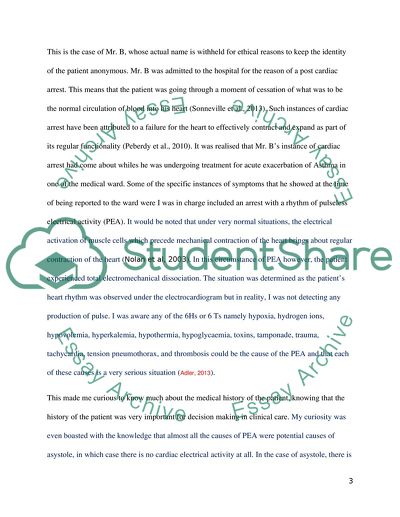Cite this document
(“THERAPUTIC HYPOTHERMIA POST CARDIAC ARREST Essay”, n.d.)
Retrieved from https://studentshare.org/nursing/1628454-theraputic-hypothermia-post-cardiac-arrest
Retrieved from https://studentshare.org/nursing/1628454-theraputic-hypothermia-post-cardiac-arrest
(THERAPUTIC HYPOTHERMIA POST CARDIAC ARREST Essay)
https://studentshare.org/nursing/1628454-theraputic-hypothermia-post-cardiac-arrest.
https://studentshare.org/nursing/1628454-theraputic-hypothermia-post-cardiac-arrest.
“THERAPUTIC HYPOTHERMIA POST CARDIAC ARREST Essay”, n.d. https://studentshare.org/nursing/1628454-theraputic-hypothermia-post-cardiac-arrest.


